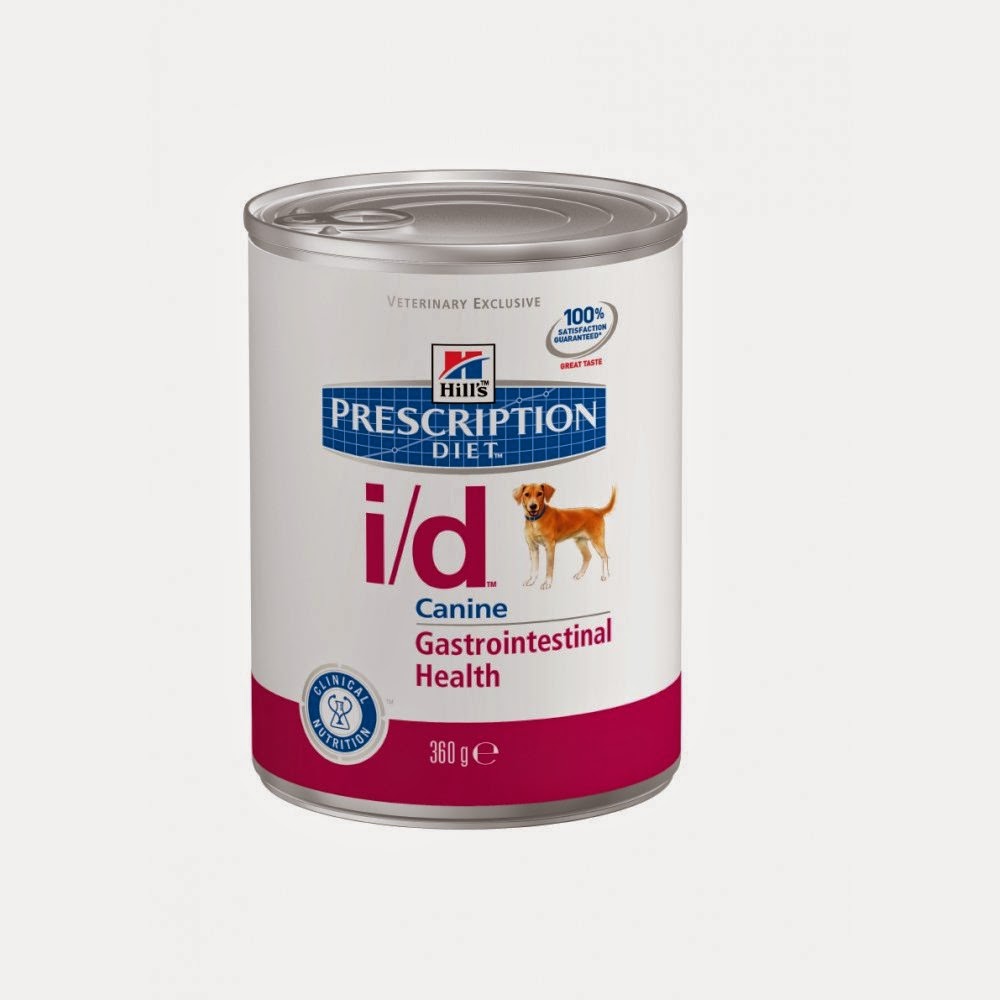When it comes to problems that owners have with dogs, issues when the dog is left alone is one of the toughest. How are you going to train the dog to do the right thing, when you aren't even there when the problem occurs? Many of the problematic behaviors that dogs have when being left alone are simply signs of boredom. If the dog chews on shoes while you are gone, make sure that all shoes are out of reach and leave the dog with toys and something edible to chew on. Also always make sure that the dog has been allowed to toilet properly before you leave, and make sure that you've house trained your dog. If not, you can't really complain if the dog urinate or defecate while you're gone. Whatever you do NEVER punish your dog if you come home to pools of urine or a chewed up couch. First of all it won't prevent it from happening again, and second of all it is a perfect way of creating separation anxiety in your dog. i.e. the dog will know that when you leave, you will come back and be scary.
So how do you prevent your dog from becoming one of the 85%? Or how do you train a dog that already has separation anxiety?
The way to train a dog that already has separation issues and the way to teach a puppy to accept being alone is very similar. Here's one way of doing it:
Start by introducing a new bed to the dog. Every time the dog lies on this bed it will get a treat, preferably one that takes long to eat. Examples of such treats are chewing bones, dried pig's ears or a Kong filled with frozen canned dog food. The point is that the dog will stay on the bed for a relatively long period of time, happily chewing on the treat.
In the beginning you sit next to the dog while it gets the treat, then you start moving away from the dog, one step at a time. If the dogs show signs of stress by you leaving (stopping chewing, getting up etc.), you are moving to fast. Increase the distance between you and the dog gradually until you can walk out of the room entirely.
The rate of progression should always be determined by how the dog responds to the training. Never rush the training, as it is likely to give poorer results and might even set the dog back. If the calming effect of seeing and being on the bed is lost by putting the dog in a stressful situation while being on the bed, you will have to start all over again.
When you have been able to leave the room for a period of time, start simulation preparing to leave. Put on your jacket, get the car key, and then put it back and get the jacket of. Open the front door, close it. And so on and so forth. Until you can do all of these things, without the dog getting up from the bed and away from the treat.
Then for the final step: After having done all of the preparations for leaving, step outside, lock the door, and then unlock and go back in again. If your dog still lies on the bed, chewing it's treat, you are done with the "leaving" training. Now you can start leaving your dog for short periods of time, start with 1minute, then 5, then 10 etc. Vary the time you are gone, sometimes reduce the time you leave, don't always increase.
 |
| My dog Link, learning to settle on his bed. |
According to Patricia B. McConnell, Ph.D., author of The other end of the leash, most cases of separation anxiety can be treated in 6-8 weeks. For more serious cases, it can take as much as a year and require additional medication.
If your dog has separation anxiety, or if you just want to prevent it, I strongly recommend Patricia B. McConnell's booklet I'll be home soon.























